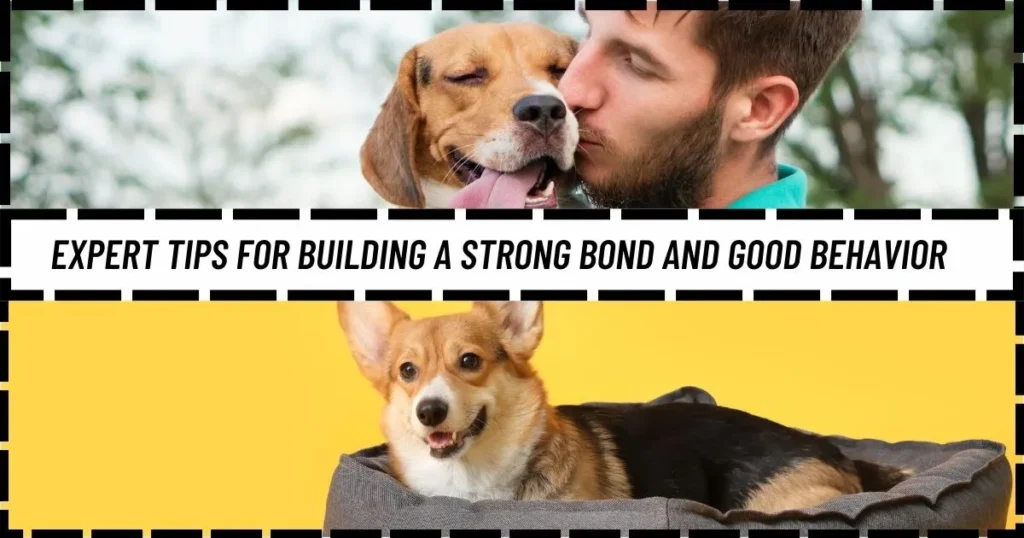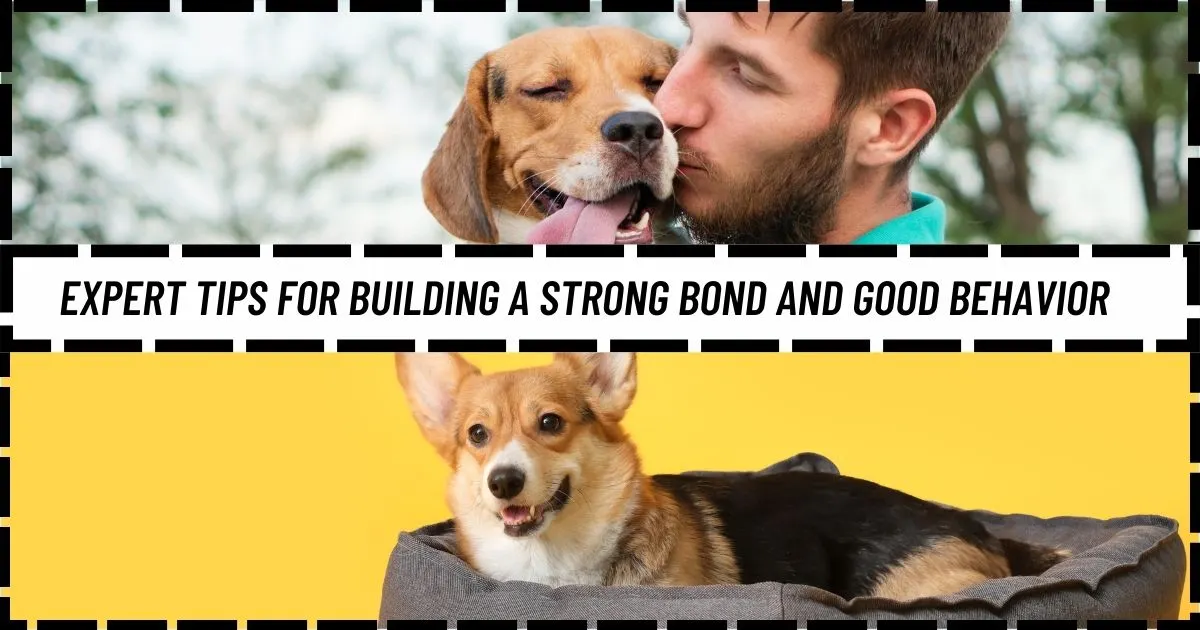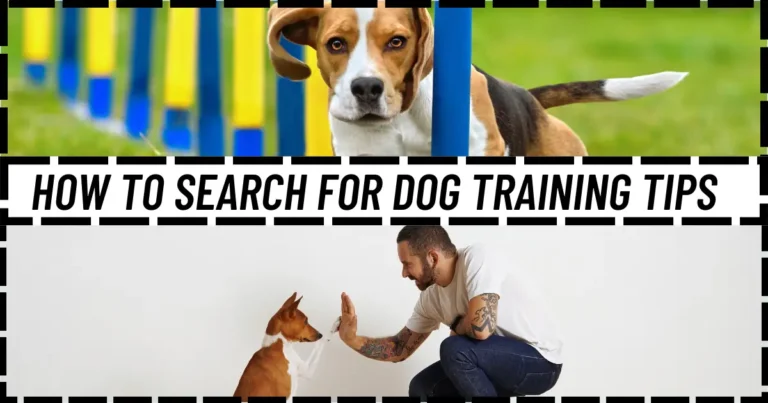Training Your Dog: Expert Tips for Building a Strong Bond and Good Behavior
Introduction:
Training your dog isn’t just about obedience it’s about creating a lasting bond rooted in trust, respect, and communication. Whether you’re working with a brand-new puppy or refining the manners of a rescue, the right techniques can turn training time into quality bonding moments.
In this guide, you’ll discover expert tips to help you raise a happy, well-behaved pup and strengthen your connection every step of the way.

Table of Contents
1. Start with the Basics
Keywords: basic dog training commands, beginner dog training
Every great dog starts with the fundamentals:
- Sit – The foundation of good behavior
- Stay – Essential for safety
- Come – Crucial for off-leash control
- Leave it – Helps avoid dangerous or unwanted items
Tips:
- Keep sessions short and fun (5–10 minutes)
- Use high-value treats to maintain focus
2. Consistency is Key
Keywords: consistent dog training, training routine
Dogs thrive on routine. Make sure you:
- Use the same commands every time
- Reward behaviors immediately
- Stick to a daily training schedule
Dogs don’t generalize easily practice commands in different locations and situations.
3. Use Positive Reinforcement
Keywords: reward-based training, positive dog training
Reward good behavior with:
- Treats
- Praise
- Play
Avoid punishment—it can harm the bond and lead to fear-based behavior.
Quick Example:
Dog sits when asked → immediate praise + treat = repeated good behavior.
4. Socialization Builds Confidence
Keywords: socializing your dog, confident dog behavior
Expose your dog to different:
- People
- Environments
- Animals
- Sounds
Socialization reduces anxiety and helps your dog stay calm and friendly.
Tip:
Start slow and use treats to create positive associations.
5. Address Behavioral Challenges Early
Keywords: fixing bad dog behavior, correcting dog aggression
Common issues:
- Jumping
- Barking
- Leash pulling
- Separation anxiety
Solutions:
- Redirect bad behavior (e.g., jumping → ask for sit instead)
- Use tools like no-pull harnesses or calming sprays
- Seek professional help for persistent issues
6. Enrichment and Mental Stimulation
Keywords: dog mental stimulation, brain games for dogs
A tired dog is a well-behaved dog. Mix training with fun brain-boosters:
- Puzzle toys
- Scent games
- Basic agility or trick training
DIY Idea:
Hide treats in cardboard boxes or under cups for a sniff-and-seek game.
7. Training Through Play
Keywords: playful dog training, games for dog obedience
Make learning fun with:
- Tug-of-war (teach “drop it”)
- Fetch (practice “come”)
- Hide-and-seek (boosts recall and excitement)
Incorporating training into playtime boosts engagement and strengthens your bond.
8. Know When to Ask for Help
Keywords: dog training expert, certified dog trainer
Some behaviors need professional insight:
- Aggression
- Phobias
- Reactivity
Look for a certified trainer or animal behaviorist with experience in positive reinforcement methods.
Quick Training Tools Checklist
| Tool | Purpose |
|---|---|
| Clicker | Mark desired behavior instantly |
| Treat pouch | Keep rewards handy |
| Long leash | Practice recall safely |
| Interactive toys | Mental engagement |
| No-pull harness | Reduce leash pulling |
FAQs:
How long should a training session be?
Keep it short and sweet—5 to 10 minutes, especially for puppies.
What’s the best age to start training?
As early as 8 weeks, but it’s never too late to start!
Can I train an older dog?
Absolutely. Older dogs can learn new tricks and behaviors with consistency and patience.
Why isn’t my dog responding to training?
Check your timing, consistency, and motivation (treat value). Consider distractions or stress levels, too.
Final Thoughts: Training is Love in Action
Training your dog is one of the most powerful ways to show your love. It builds communication, fosters trust, and helps your dog thrive in your home and the world. Be patient, be kind, and remember every moment of training is a chance to bond.




